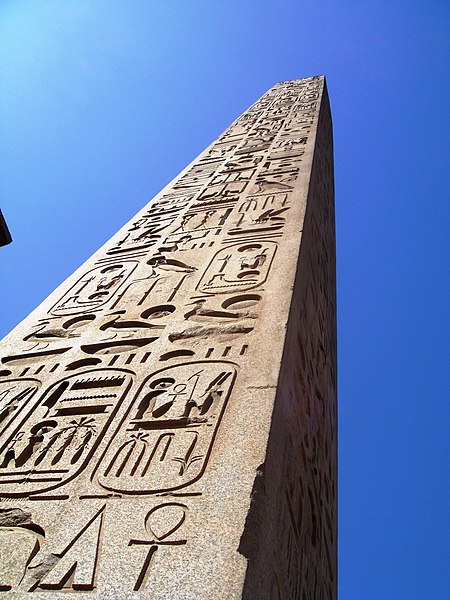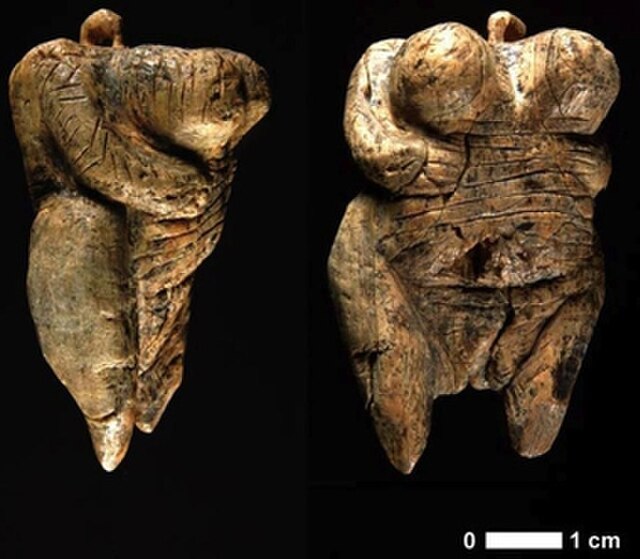Architectural sculpture is the use of sculptural techniques by an architect and/or sculptor in the design of a building, bridge, mausoleum or other such project. The sculpture is usually integrated with the structure, but freestanding works that are part of the original design are also considered to be architectural sculpture. The concept overlaps with, or is a subset of, monumental sculpture.
Pedimental sculpture in Sacramento, California, by 1928, following a style for ancient Greek temples
Luxor Obelisk
The Caryatid Porch of the Erechtheion, Athens, 421–407 BC
Bust sculptures of Raphael, Phidias and Donato Bramante by C. E. Sjöstrand on the facade of Ateneum in Helsinki, Finland
Sculpture is the branch of the visual arts that operates in three dimensions. Sculpture is the three-dimensional art work which is physically presented in the dimensions of height, width and depth. It is one of the plastic arts. Durable sculptural processes originally used carving and modelling, in stone, metal, ceramics, wood and other materials but, since Modernism, there has been almost complete freedom of materials and process. A wide variety of materials may be worked by removal such as carving, assembled by welding or modelling, or moulded or cast.
Venus of Hohle Fels, Germany, oldest known sculpture of a human being, 42.000–40.000 BP
Dying Gaul, or The Capitoline Gaul, a Roman marble copy of a Hellenistic work of the late 3rd century BCE, Capitoline Museums, Rome
Assyrian lamassu gate guardian from Khorsabad, c. 800–721 BCE
Michelangelo's Moses, (c. 1513–1515), San Pietro in Vincoli, Rome, for the tomb of Pope Julius II








